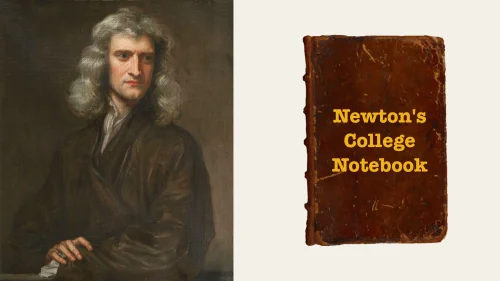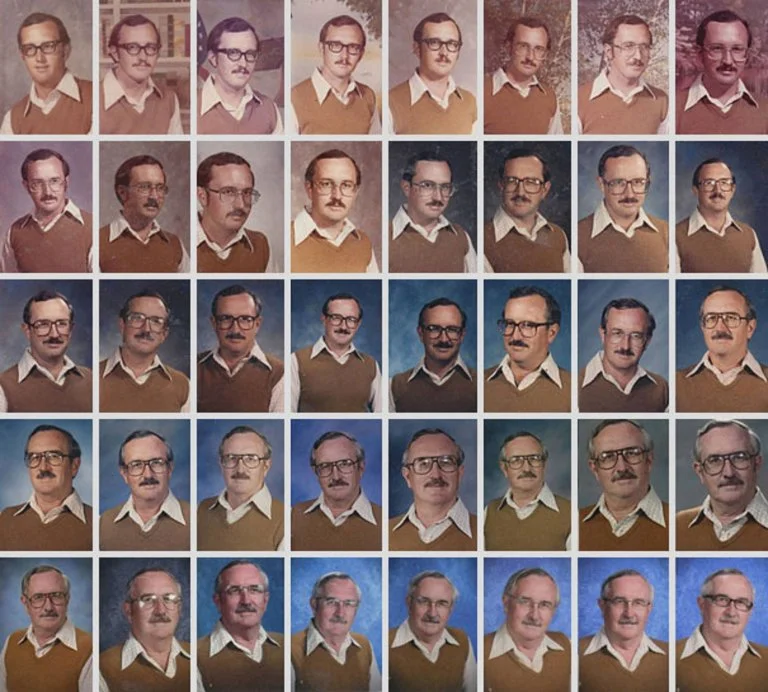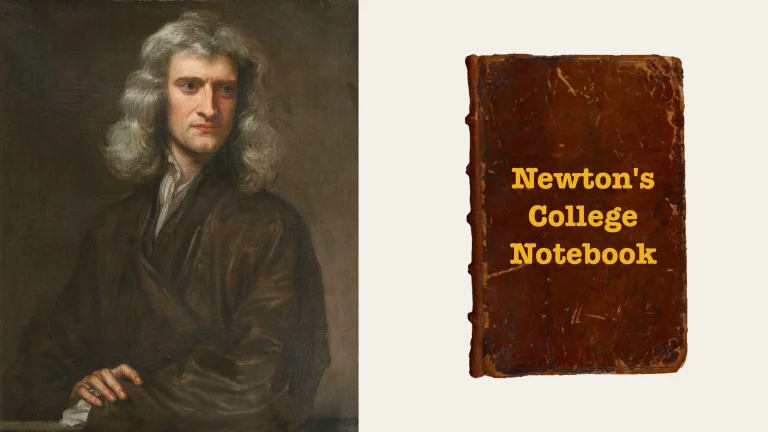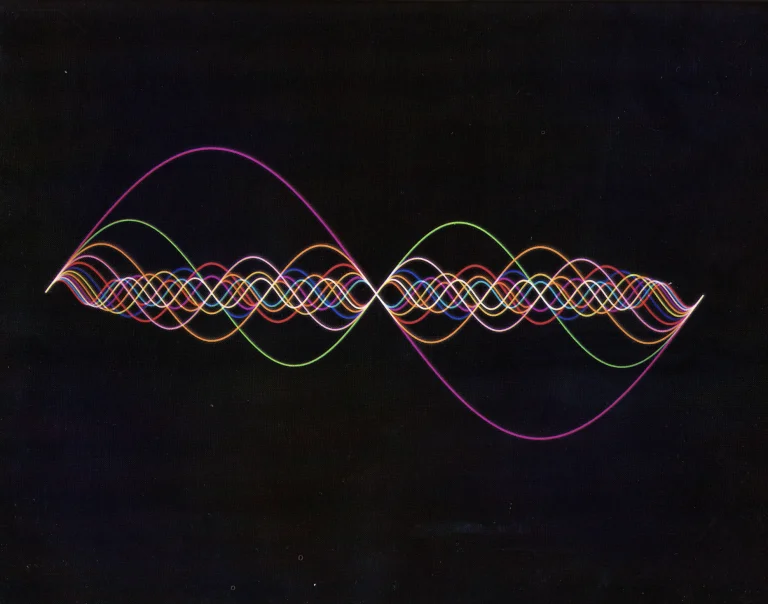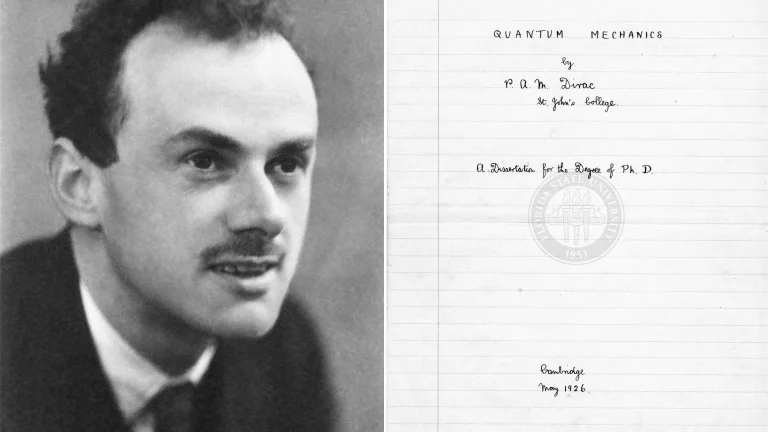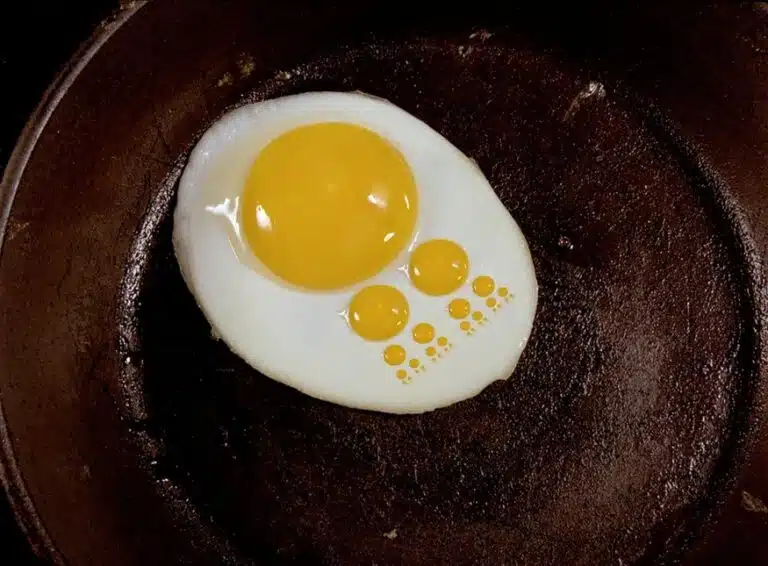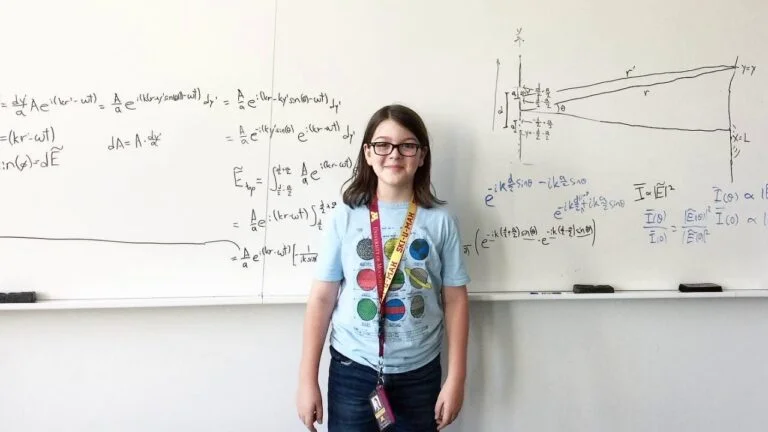Math makes ‘obvious’ things false. Imagine an object with finite volume but infinite surface area. Gabriel’s Horn is an interesting and beautiful object with infinite space but finite volume. It is explained as “you can’t finish Gabriel’s Horn when you want to paint it, but if you put this much paint in it, you can fill it so that it will be painted.” It is formed by rotating the ![]() graph around the x-axis. There is a nice demonstrative project on Wolfram Alpha about Gabriel’s Horn. You can check it out here. Also, if you want to read more about “Paradoxes of the Infinite”, you can check Paolo Mancosu’s book, Philosophy of Mathematics and Mathematical Practice in the Seventeenth Century.
graph around the x-axis. There is a nice demonstrative project on Wolfram Alpha about Gabriel’s Horn. You can check it out here. Also, if you want to read more about “Paradoxes of the Infinite”, you can check Paolo Mancosu’s book, Philosophy of Mathematics and Mathematical Practice in the Seventeenth Century.







